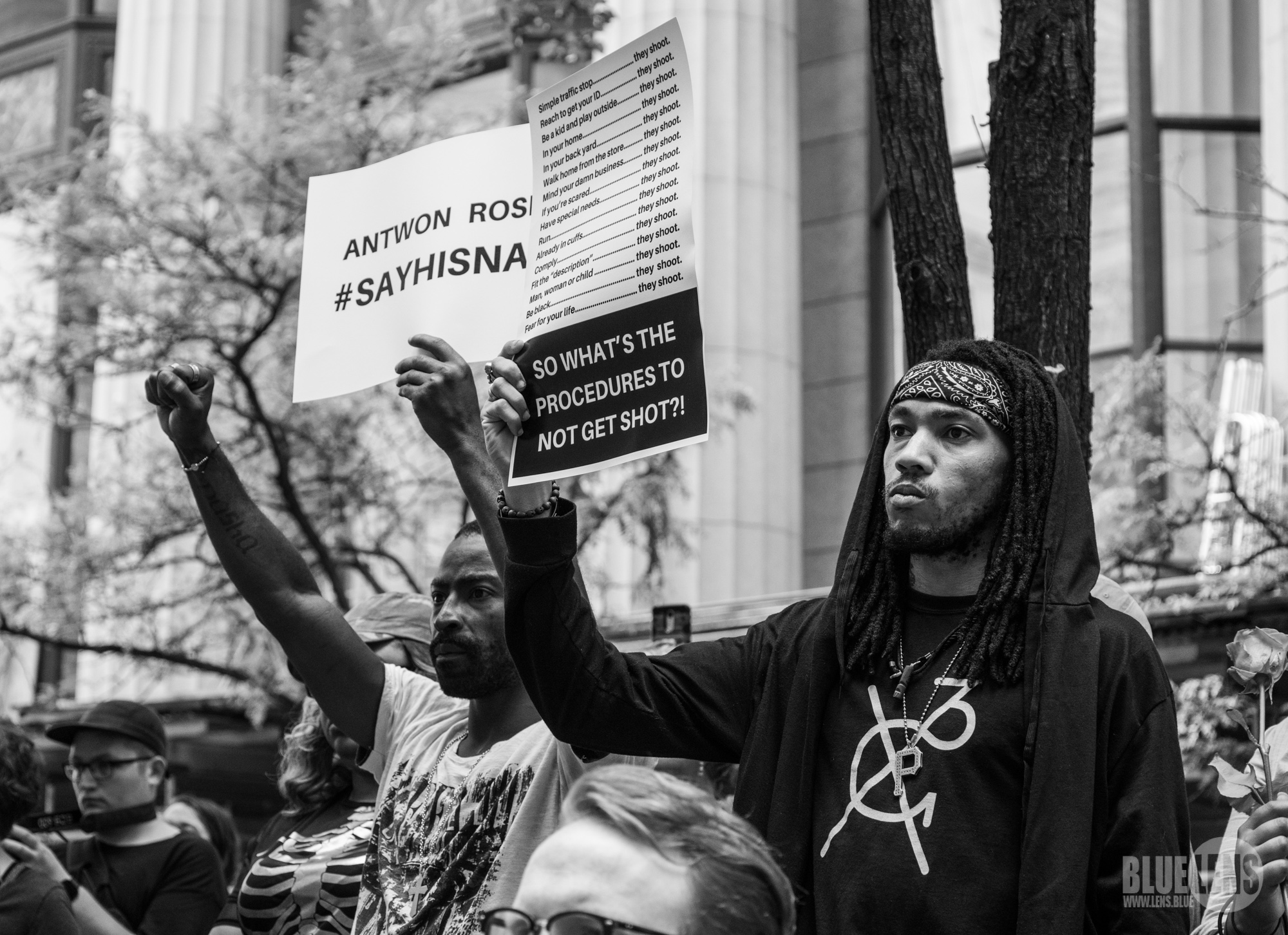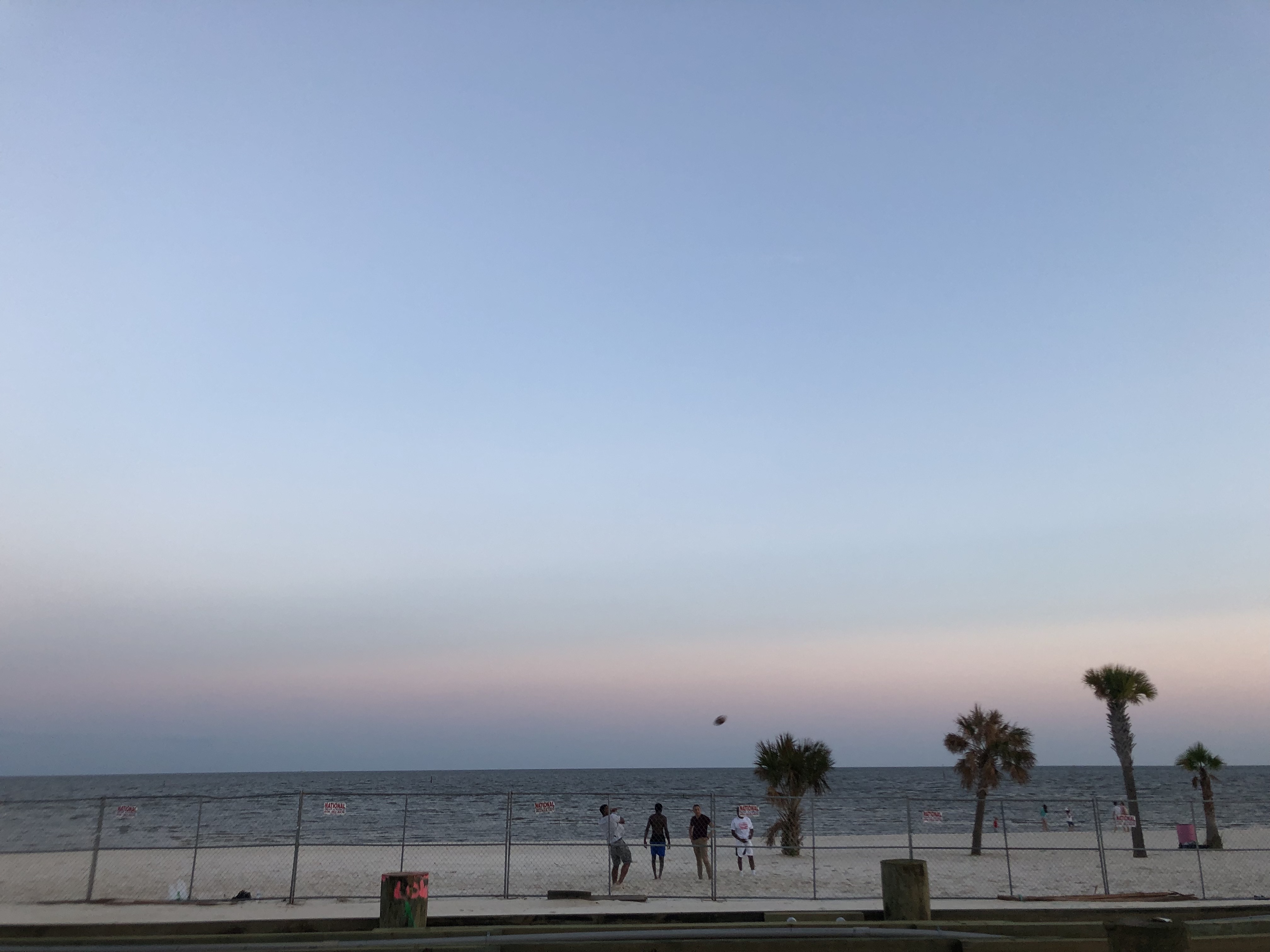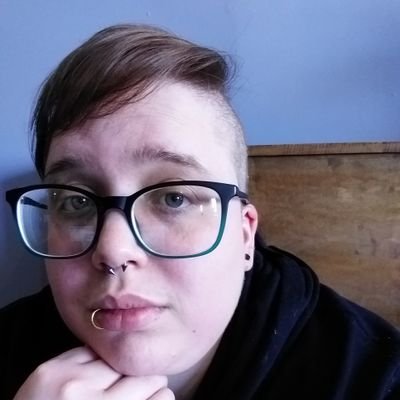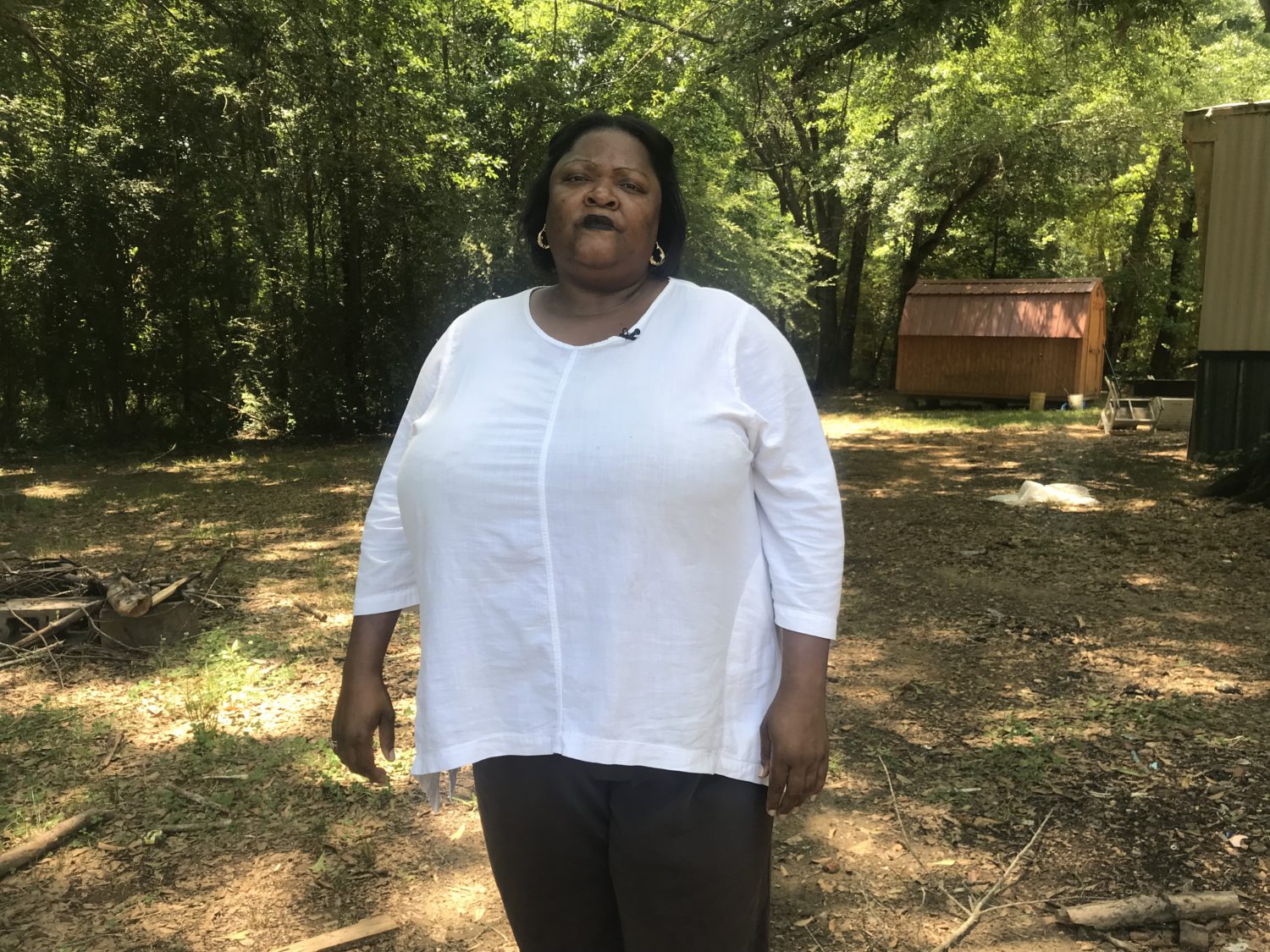Two years before the 2016 election, freelance reporter Matt Stroud became fascinated by an area that soon would be labeled Trump country.
A Pittsburgh native, Stroud was then based in Morgantown, West Virginia, where he worked as a correspondent for the Associated Press. He began studying the contrast between the city — an average American college town — and its surroundings, where unions made up the community’s primary organizing force. During a conversation with fellow freelancer Carmen Gentile, the two realized they were discussing West Virginia as if it were a foreign nation, instead of a neighboring state.
“It was like we were talking about this region as though it were some kind of international community we weren’t aware of, even though it was so close to Pittsburgh,” Stroud said.

By focusing on the negative, Stroud argues, national media has overlooked the positive: states and cities full of hard-working, innovative people willing to build brighter futures for their communities.
“To me, these cities are not defined by where they sit on mountain ranges or in proximity to the Great Lakes,” he writes in the site’s manifesto.
“And when we speak of them in relation to the amount of rust they’ve collected — well, that’s just not right.”
Stroud and Gentile aren’t the only freelance reporters who have launched independent outlets or projects covering overlooked communities in Appalachia, the Rust Belt and the South. In July 2017, independent journalist Lyndsey Gilpin (Whitesburg, Kentucky) expanded her popular weekly newsletter, Southerly, into its own magazine covering environmental justice and culture in the Southern United States.
Freelance reporter Mason Adams (Floyd, Virginia) recently introduced a podcast, Blue Ridge Free State, where he covers everything from Trump rallies in West Virginia to Appalachian roller derby. A scattered group of recent Ohio University alumni, too, are using journalism as a way to keep up with the Appalachian region they’ve come to love. Their blog, Expatalachians, takes a look at how the region they’ve left differs from, or resembles, the places where they’ve ended up.
While the subjects covered by these independent outlets vary, their focus is the same: to increase the amount of nuanced journalism created by people who live, or have lived, in the regions they cover. Gilpin,who recently wrote about the frustrating failure of national outlets to substantially improve coverage of Appalachia and the South, said she started Southerly’s newsletter in 2016 because she was tired of seeing the same tropes pop up in article after article.
“So often we see stories about poverty in Appalachia and the decline of coal and how there’s nothing left. Or we see stories about pollution along the Gulf Coast in these oil towns, or that Miami is sinking or New Orleans is sinking,” Gilpin said. “ We’re just kind of beat with that storyline. There’s much more to it.”

Local news outlets, Gilpin said, play an essential role in going beyond the national talking points by providing readers with the daily coverage and insightful investigations essential to an informed populace. As an independent reporter, however, Gilpin has the freedom to regularly travel to underserved locations and suss out untold stories, something that a beat reporter at a city newspaper may not have the luxury of doing. Her freelancer status also gives her the ability to look for gaps in reporting that daily publications may not be able to consistently tackle, like the environmental struggles facing the South.
That work has become increasingly important as more communities lose access to comprehensive journalism. A University of North Carolina report released in 2018 found that nearly 1,800 newspapers had folded since 2004. Other publications, due to cutbacks, have become “ghost newspapers” that can no longer meet the editorial standards they once held.
“We can kind of pick up the slack where national media isn’t doing the job they said they want to be doing,” Gilpin said. “Having … more independent journalists that love their region and that are really attached to a place can be a benefit to the industry.”
Launching an independent journalism project can also provide freelancers with a way to report at length on topics that grab their interests, regardless of whether an editor at a recognized outlet accepts their pitch. Adams, who has written for outlets like The Washington Post, Belt Magazine and Scalawag Magazine, said he partly started the podcast to showcase fascinating interviews that didn’t quite fit his existing assignments. His at-length discussions with notable figures in his region, like Roanoke, Virginia NAACP President Brenda Hale and Health Wagon executive director Teresa Gardner Tyson, give local leaders a chance to explain how they’re fighting to improve the communities they love.
“Part of the reason I launched this is so I can just do it myself and do what I want to,” Adams said. “Podcasting is a medium where you can find an audience for pretty esoteric topics. I can wrap in these things that feel near and dear to me, like how Roanoke’s punk history and its LGBT history are entwined.”
Nick Brumfield, one of Expatalachian’s cofounders, said the site has given its members a chance to compare and contrast Appalachia with the far-flung locales they’ve lived in. Brumfield, who is now based in Arlington, Virginia, said he has spent extensive time living in the Middle East. Other Expatalachian team members file stories for the project from nations like France and Morocco. Those experiences abroad have allowed Expatalachian members a unique perspective on the similarities between Appalachia and foreign countries. A recent story explored the connection between Corsica, France’s abundant chestnut industry and the demise of the American chestnut tree in Appalachian communities.
Brumfield said that some residents of Madaba, Jordan — where he once lived — and Appalachia share “quaint commonalities of growing up in a small town.”
“My last job was in Jordan, and the similarities are pretty stunning,” Brumfield said. “Everyone’s really religious, everyone really likes hunting and guns and trucks and that sort of thing. The way you entertain yourself is just drive around town. Thinking about growing up in (Parkersburg, West Virginia), that’s basically all the kids did.”
For Stroud, Postindustrial and other independent publications fill a role that was once primarily occupied by alternative weekly papers, who used their slower publication schedules to create in-depth stories about their communities. Postindustrial’s newsletter, and its upcoming magazine, is modeled closely on outlets known for their in-depth, regional pieces, like Texas Monthly and The California Sunday Magazine.

“If you’re a freelancer and you’re paying attention, you’re going to find all kinds of stories that are being ignored,” Stroud said. “It’s just a matter of finding those outlets that can actually pay you to write those stories. And that has become really complicated and difficult.”
Of course, creating that kind of extensive reporting can cost money. Stroud said Postindustrial has sought out funding from nonprofit organizations with like-minded missions. Gilpin has partnered with nonprofits and regional outlets to fund her coverage. For a series on the ways communities in Alabama are fighting an increase in tropical diseases, Gilpin received a grant from the Solutions Journalism Network. She also partnered with Montgomery Advertiser and Scalawag.
As Gilpin brings on more freelance reporters with stories about environmental justice in the South, she’s made sure that low rates won’t deter top talent. In 2018, she paid between $400 – $600 for stories. This year, she plans to pay $750 for articles in the 1400 word range and $500 for shorter stories. Her hope is to pay $1 a word, a plan that might soon be feasible given the increase in Patreon donations she experienced after Southerly was featured by The New York Times.
“That was really important for me from the beginning, that I’m paying people what I’m making as a freelancer,” Gilpin said.
Stroud, too, is focused on providing equitable rates. The reported stories that appear in Postindustrial’s newsletter pay between $250 and $300. Articles for the magazine, which will range between 3,000 and 5,000 words, will net a much higher payment. Stroud said the magazine will launch online this spring, with a print magazine to follow in 2020.
“The idea for the print magazine is a dollar per word, but there’s probably a maximum word amount where I have to put a limit on that,” Stroud said. “So the word count is not limited, but the amount we can pay is.”

Journalists who are interested in launching their own projects don’t have to have an extensive budget in mind, however. Members of Expatalachians currently volunteer their time, with each reporter contributing about one story a month; those stories are featured on the project’s website and in its weekly newsletter. For Adams, expenses have largely been confined to the cost of travel and a Zoom H6 recorder. The process is comparative, he said, to a black-and-white, photocopied zine he created in the early 2000s.
“I’m getting better at it. I’m learning as I’m doing,” he said. “Eventually I’ll either relaunch or keep building.”
Both Gilpin and Stroud said they hope to hear this year from journalists who are looking to report on overlooked issues in the Rust Belt, Appalachia and the South. But Stroud also encouraged freelancers to not shy away from pitching big national outlets, especially if their stories touch on topics that have largely been disregarded by the mainstream press.
“Your stories are interesting,” he said. “They’re just as interesting as anything that’s published in major news magazines, and those major news magazines need to pay more attention to this entire swath of the country that they’re essentially ignoring.”
Clarification: This article was updated to include context about Nicholas Brumfield’s quote comparing Jordan to Appalachia.
Tiffany Stevens is an independent reporter whose work focuses on the media, the LGBT community and Appalachia. Stevens lives in Southwest Virginia with their wife, two cats, three snakes and a guinea pig. You can find them on Twitter at @tiffanymstevens.












